I’ve visited many cities, but my trip to Liuzhou gave me the biggest surprise. I had heard of Liuzhou before but had never visited. When I finally arrived, I found it to be one of the most distinctive cities in Guangxi, and even in all of China.
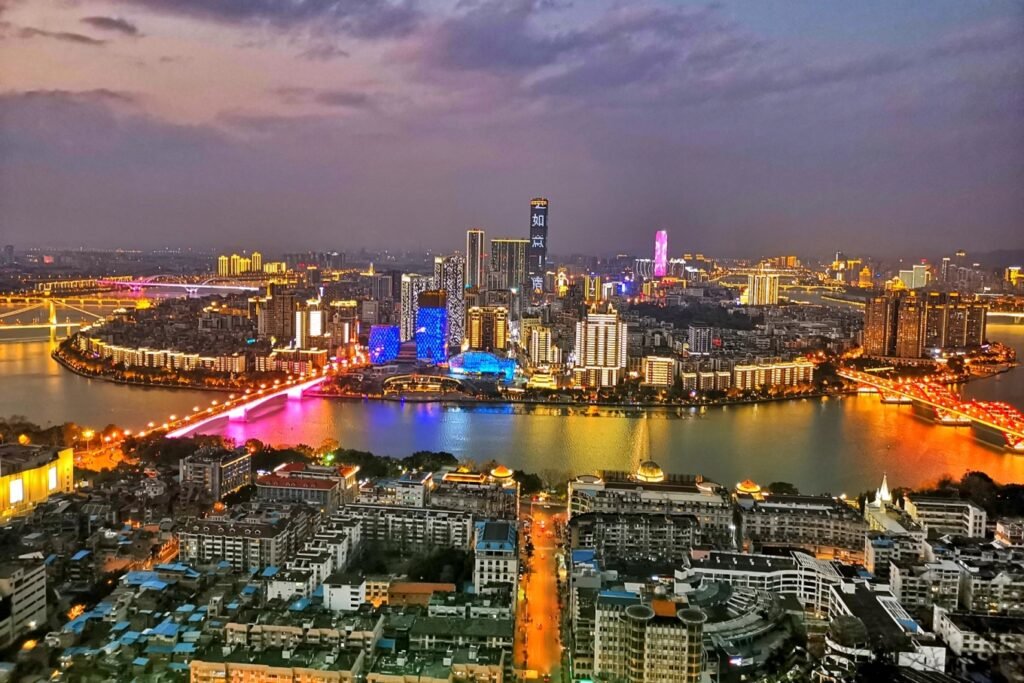
There were two unexpected things: First, I didn’t expect it to be so large. In the past, the most famous cities in Guangxi were Nanning and Guilin, followed by a brief surge of popularity for Beihai. I imagined Liuzhou as just another average city. Upon arrival, I discovered it’s actually a major city with a population of over 4 million. The city is bustling, with a vibrant downtown, busy streets, and a constant flow of people and traffic—it looks just like a central metropolis. Not only does it have scale, but it’s also modern. Its number of high-rise buildings and the city’s prosperity surpass Guilin and rival Nanning.
The second surprise was how beautiful it is. The layout of the city is stunning. Liuzhou is situated on a plain surrounded by mountains, with clear waters winding through the city center. It naturally forms a horseshoe-shaped peninsula, dotted with skyscrapers, creating a magnificent urban landscape with mountains embracing the city. The natural scenery is equally spectacular. Liuzhou lies next to Guilin, renowned for its karst landscapes. The city is surrounded by lush green hills and majestic peaks, with rivers flowing like jade belts and emerald lakes scattered throughout, creating an enchanting landscape.

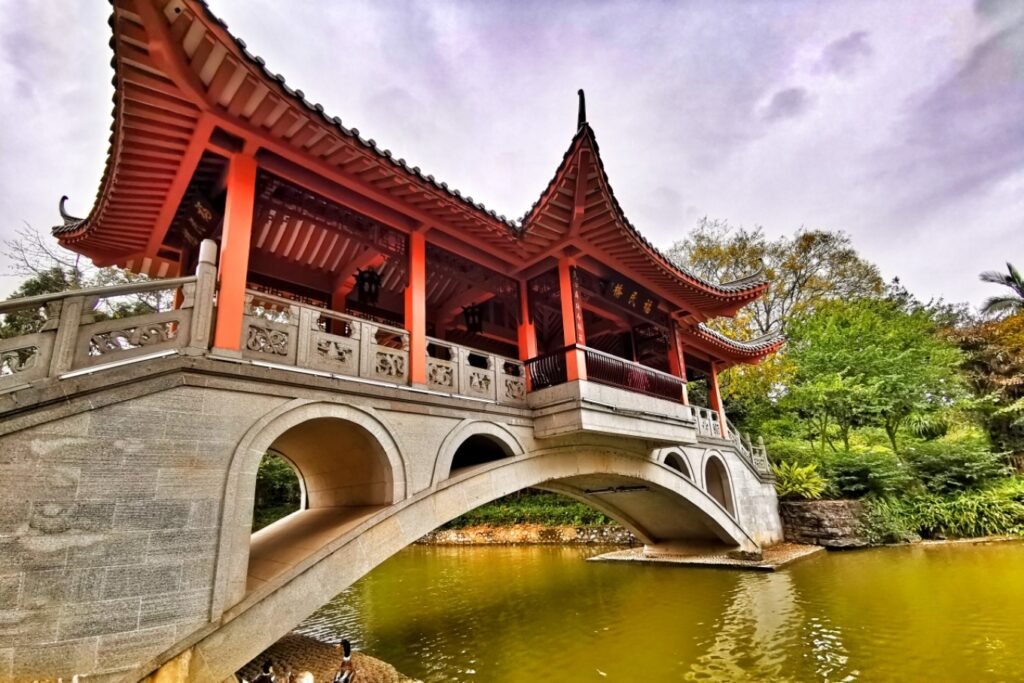
The night view of Liuzhou is especially beautiful, arguably the best in Guangxi, and comparable to that of major cities like Beijing, Shanghai, Guangzhou, and Hangzhou.
Liuzhou’s remarkable appearance today is closely tied to its economic development. Known as “Liu” or “Dragon City,” it is also recognized as a historical and cultural city in China and the birthplace of the ancient “Liujiang Man.” With over two thousand years of history, Liuzhou remained relatively isolated for a long time, surrounded by the mountainous regions of central Guangxi. It was once considered part of the remote “Baiyue” region, lagging in development until the Tang and Song dynasties, when living conditions gradually improved.

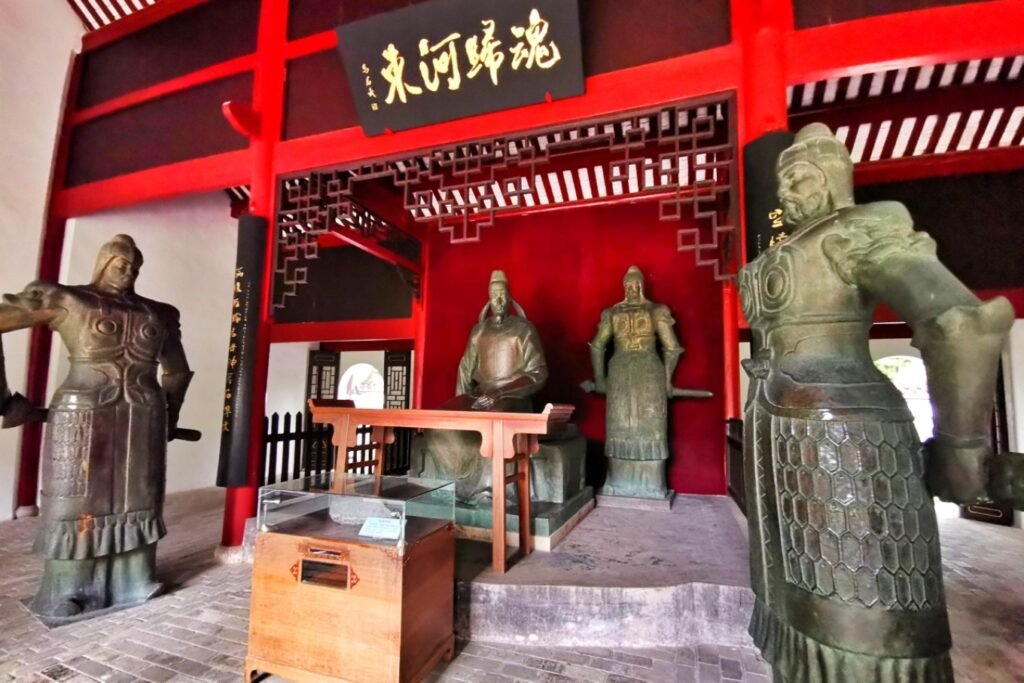
Liuzhou’s transformation began after the founding of the People’s Republic of China, when it was designated as an industrial hub in the southwest. During the “Third Front Movement,” the city received significant infrastructure development, becoming a transportation hub with expanded railways and highways. Numerous large- and medium-sized industrial facilities were also built, making Liuzhou Guangxi’s largest industrial base.
After China’s reform and opening-up, Liuzhou successfully transitioned into a modern heavy industrial city. Today, it’s the only city in China with four major car manufacturers producing vehicles. Liuzhou’s economy surpasses that of both Nanning and Guilin, holding an economic position in Guangxi similar to that of Dalian, Qingdao, or Ningbo on the national level. This economic strength has provided strong support for the city’s development. What’s even more commendable is that, while advancing economically, Liuzhou has also managed to protect its environment, offering visitors a harmonious blend of a modern city and beautiful natural scenery.
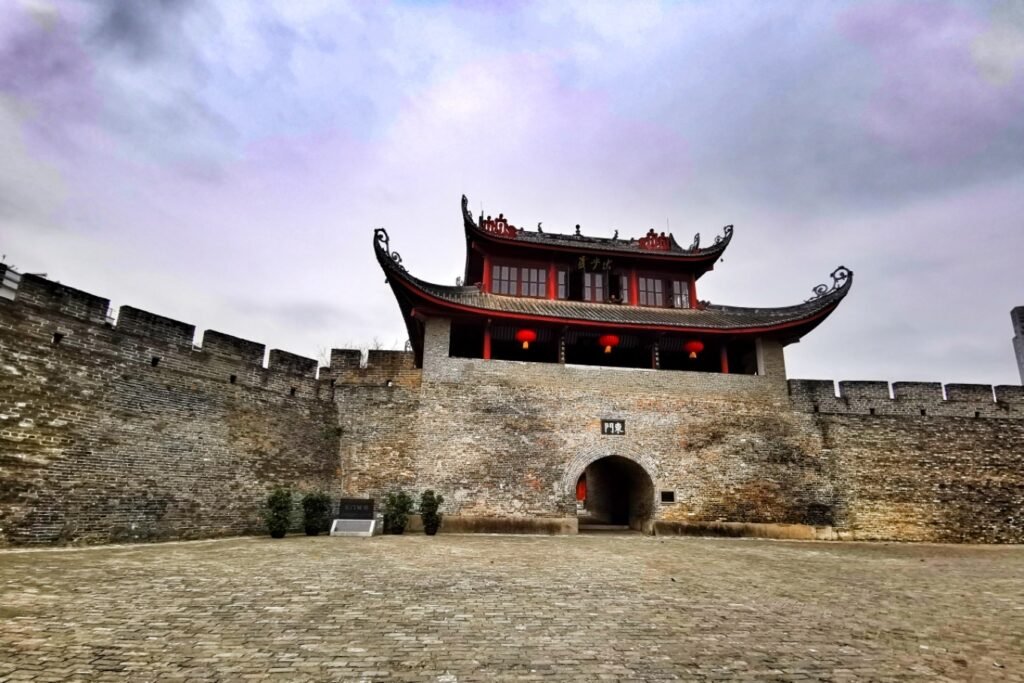
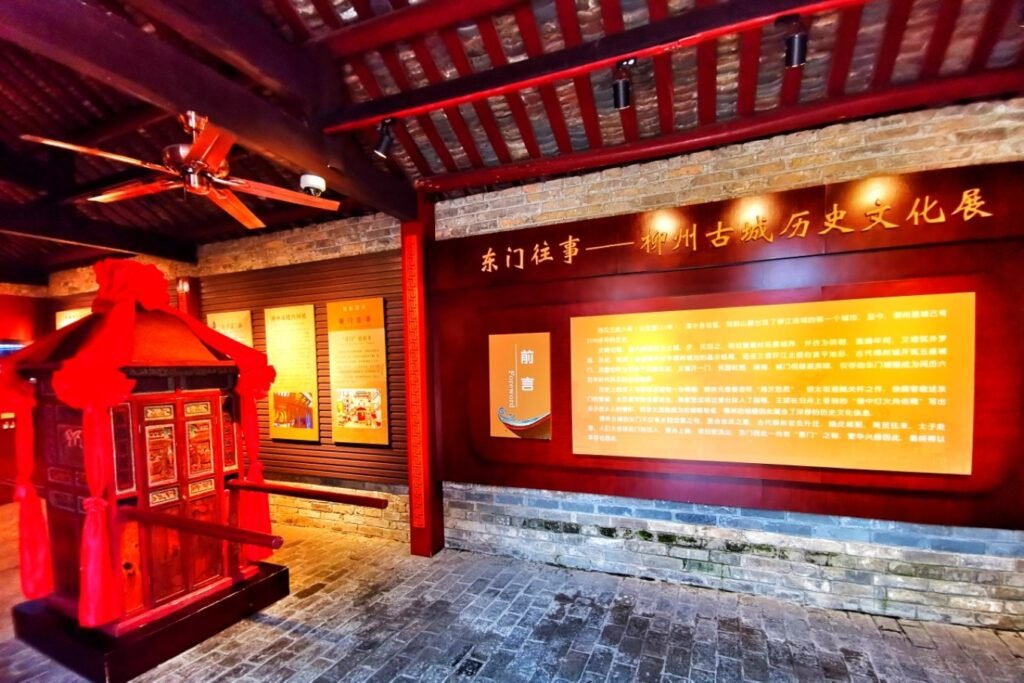
Beautiful landscapes often produce talented people. Liuzhou has its share of famous figures, though its most renowned person is an outsider—Liu Zongyuan from Shanxi, also known as Liu Yuxi or “Liu of Liuzhou.” People often mistake the city’s name as being related to Liu Zongyuan because of the coincidence, but in fact, the name Liuzhou comes from the Liu River, officially adopted during the Tang dynasty, the same era when Liu Zongyuan arrived. His influence, however, was profound.
Liu Zongyuan, one of the “Eight Great Prose Masters” of the Tang and Song dynasties, was a leader in the classical prose movement alongside Han Yu. His literary achievements were unparalleled, earning him recognition as “Han and Liu” alongside Han Yu. In poetry, he and Liu Yuxi were known as the “Two Lius.” At the age of 20, he passed the imperial examination, becoming a government official by 25. However, his involvement in the “Yongzhen Reform” led to his demotion in the “Two Kings and Eight Officials Incident.” He was first exiled to Yongzhou in Hunan for ten years, later demoted further to the remote wilderness of Liuzhou, marking his ultimate fall from grace.


During his exile in Liuzhou, Liu Zongyuan didn’t succumb to despair but instead focused on his writings. His intellectual pursuits covered a broad spectrum of topics, including philosophy, history, and literature. One of his most significant contributions was his theory that harmonized Confucianism with Buddhism, laying the foundation for the integration of Confucianism, Buddhism, and Daoism in Chinese thought.
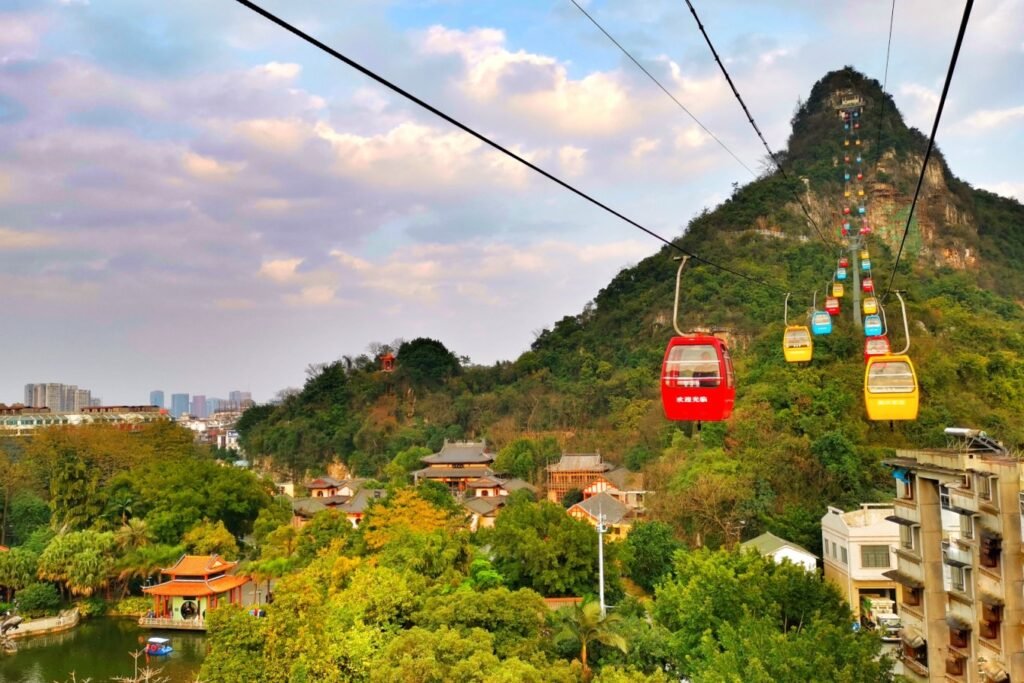
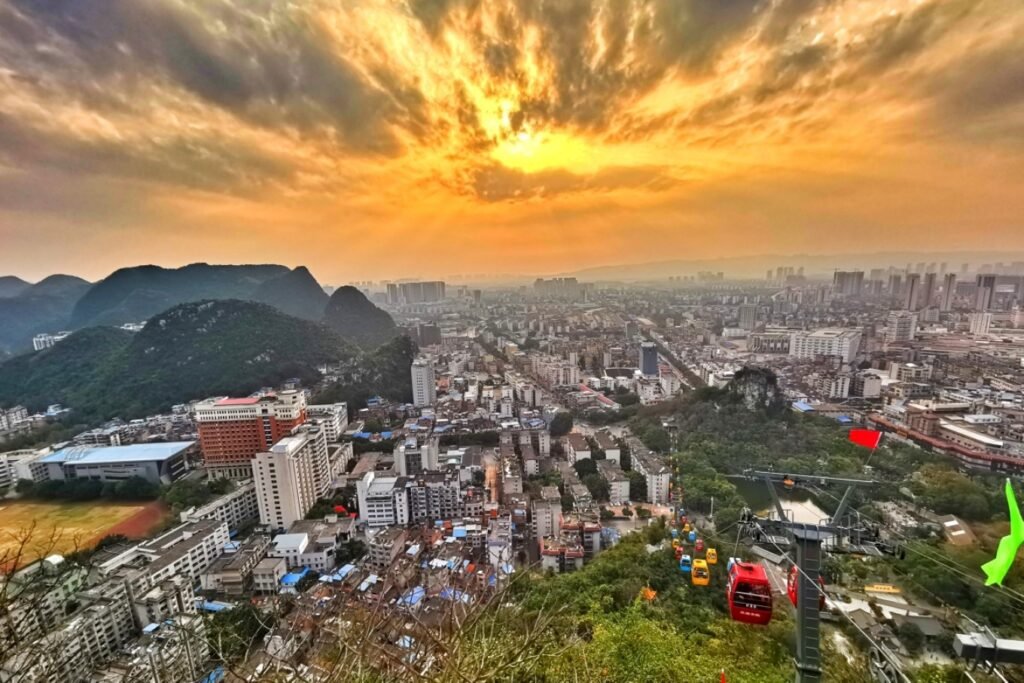
We began our tour of Liuzhou at Liuhou Park, where a memorial to Liu Zongyuan is located. This national park, the oldest in Guangxi, is situated in the city center. It was once home to the famous “Luochi Moonlight” of the eight scenic spots of ancient Liuzhou. Liuhou Park is vast, filled with pavilions, gardens, and stone carvings, attracting many visitors. At the heart of the park is Liuhou Temple, formerly the Luochi Temple. The entrance features a plaque inscribed by Guo Moruo, along with a couplet: “Selfless service uplifts the world; virtue is revered by the people.” Inside, the temple houses the “San Jue Tablet,” which commemorates Liu Zongyuan’s work digging wells and improving irrigation for the local people.
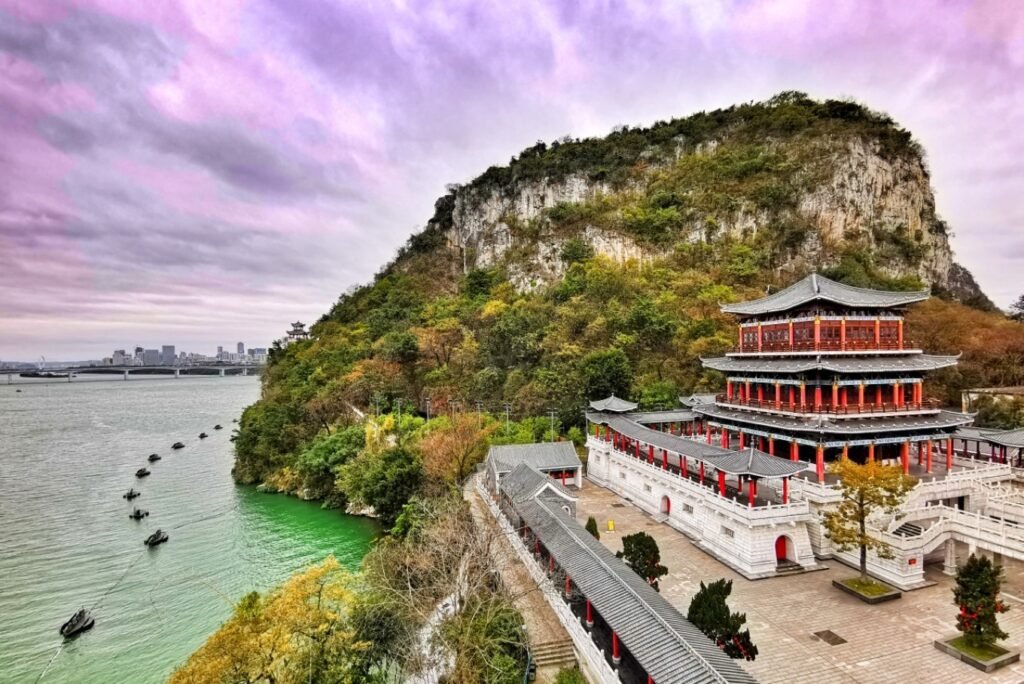

During his tenure as governor of Liuzhou, Liu Zongyuan addressed the region’s backwardness, freeing over a thousand slaves, promoting education, and improving healthcare. He also worked on infrastructure, improving waterways and living conditions, and personally taught students, cultivating a generation of literate citizens. Under his leadership, Liuzhou underwent significant change.
Liuzhou offers many scenic attractions, including the national-level Dragon Lake Scenic Area and the expansive Baili Liujiang Scenic Area, which combines natural landscapes with cultural landmarks. Key sites include Panlong Mountain, the world’s largest artificial waterfall, the restored Yao Bu Ancient Town, and the city’s famous Stone Museum.
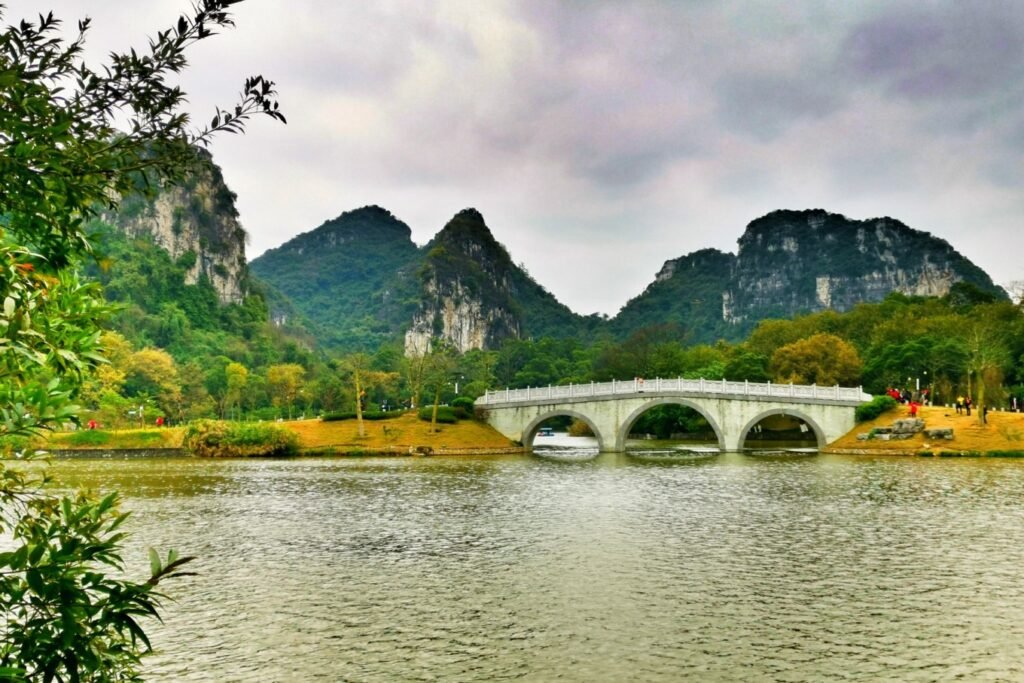
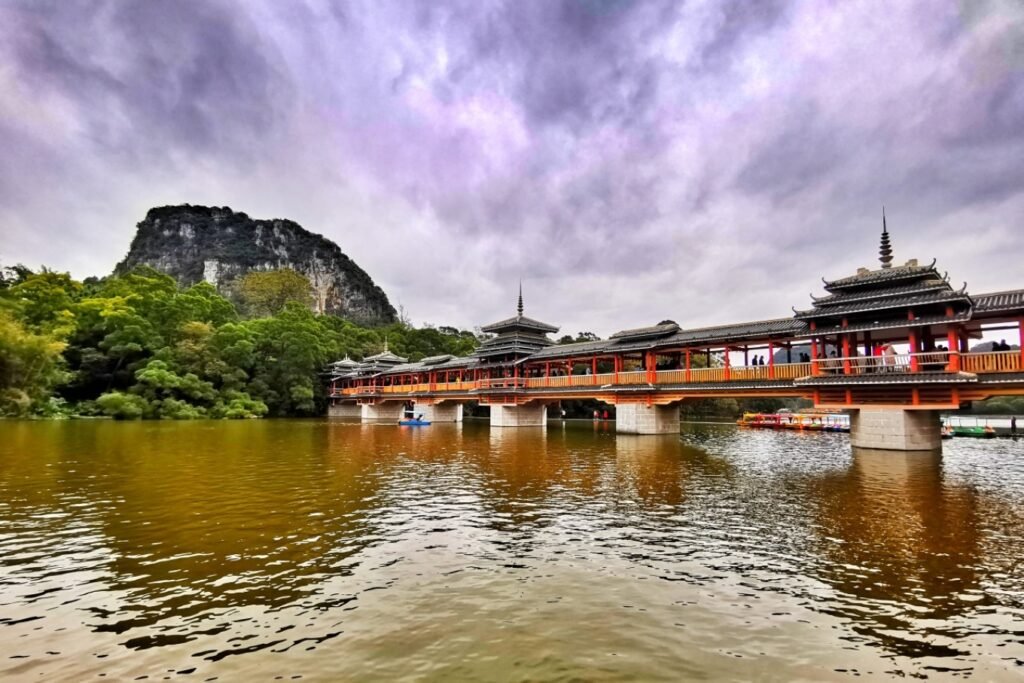
Liuzhou also preserves part of its ancient city wall, with the East Gate Tower, built during the Ming dynasty, still standing. Among the city’s ancient eight scenic spots, the most famous are the “Fish Leaping at South Pool” and “Heavenly Horse Soaring” at Horse Saddle Mountain Park. Visitors can take a cable car to the top, where they’ll be rewarded with breathtaking views of both the bustling city and the endless mountains.
As the saying goes: “Eat in Guangzhou, dress in Suzhou, play in Hangzhou, and rest in peace in Liuzhou.” Liu Zongyuan’s legacy lives on, intertwined with the city’s history and identity, making Liuzhou a place that truly leaves a lasting impression.




